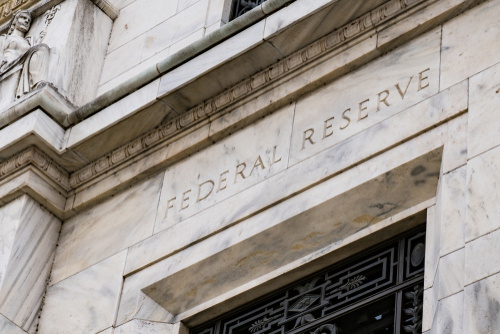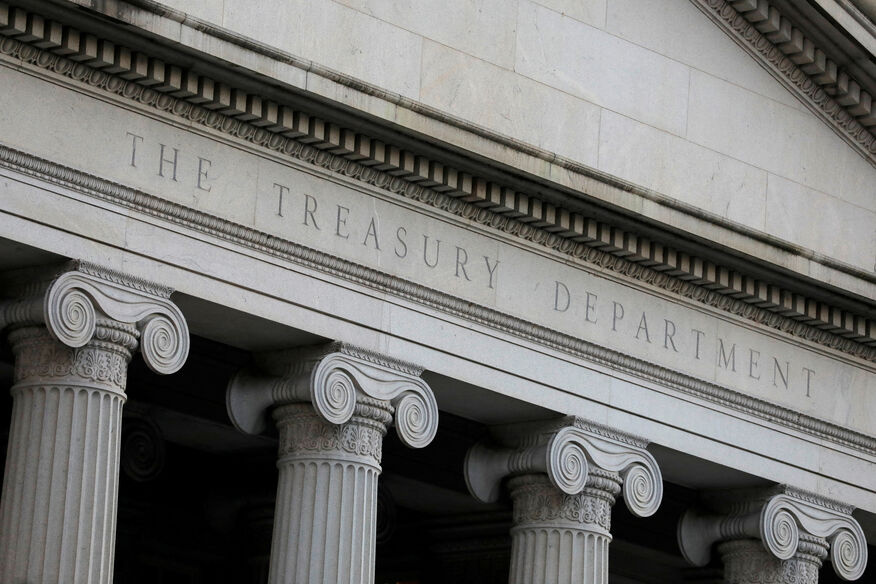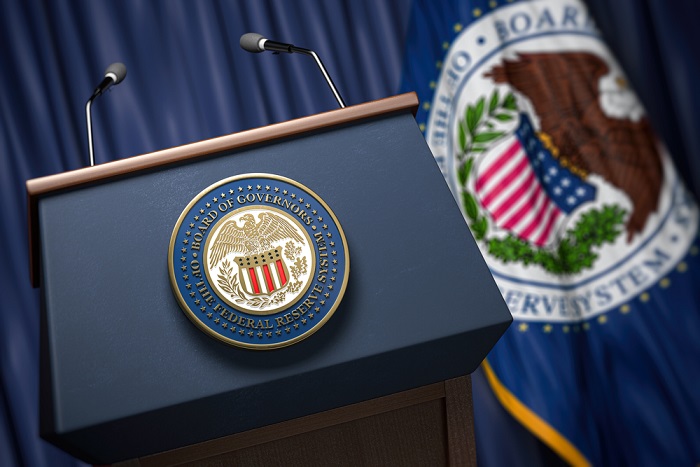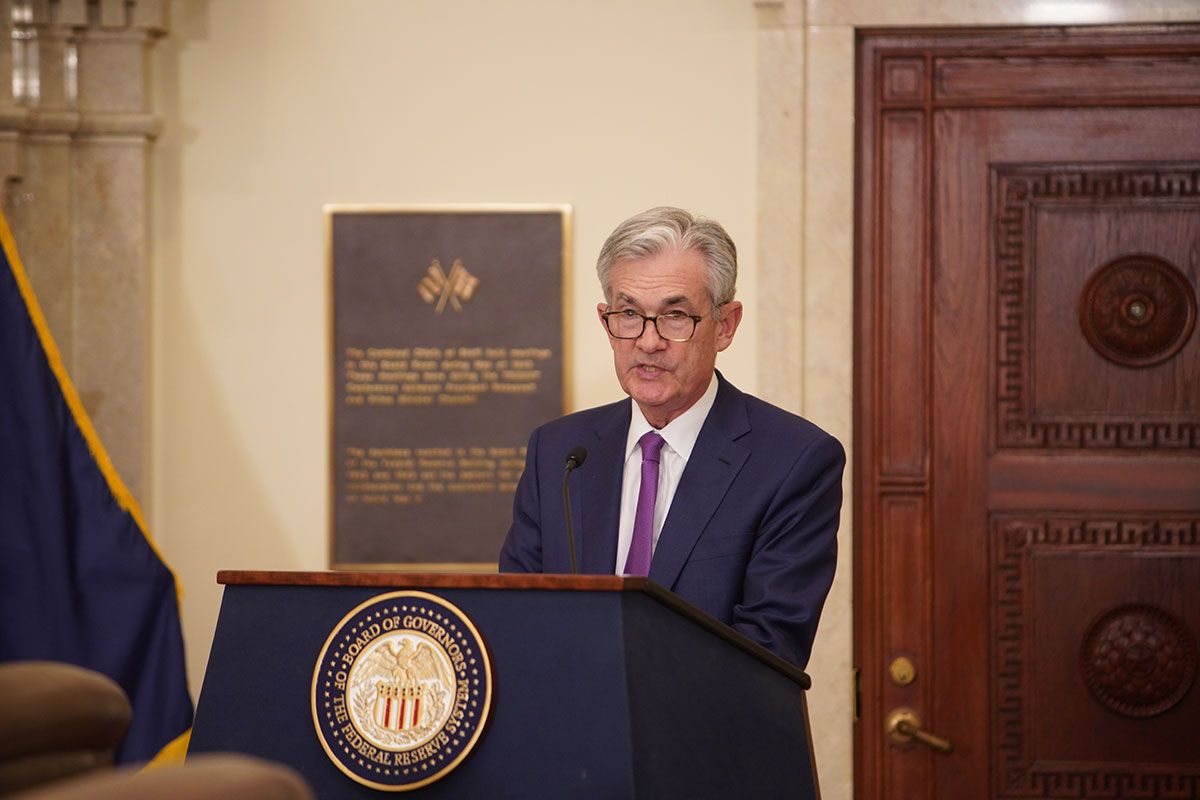Is the Fed Minutes January Overly Concerned about Rising Inflation? Trump Has His Own Tricks


TradingKey – At the Fed's January monetary policy meeting, policymakers announced that they would keep interest rates unchanged and signaled that there were upside risks to the inflation outlook, meaning they would remain on hold. This decision may put pressure on risky assets such as U.S. stocks.
On February 20, 2025, the Fed released the minutes from its January monetary policy meeting. The minutes revealed that Trump’s policies have sparked concerns within the Fed about a potential resurgence of inflation, leading the central bank to prefer awaiting further inflation data before considering rate cuts. Remarks from Fed officials have bolstered market expectations of a “pause in rate cuts.”
Some participants pointed out that potential changes in trade and immigration policy might hinder the disinflation process.
Most policymakers believed that the current high degree of uncertainty made it appropriate for the Committee to take a careful approach in considering additional adjustments to the stance of monetary policy.
Nick Timiraos noted that these meeting minutes show that the Fed is not inclined to cut interest rates in the short term. The committee members are generally satisfied with the decision to keep interest rates unchanged last month, and there is no sign that they will immediately change their wait-and-see stance on interest rate cuts.
The Balance of Trump's Policies on Inflation
TradingKey senior economist Jason Tang noted that, reflecting on Trump’s first term, his policies did not result in sustained high inflation. We anticipate that during “Trump 2.0,” his energy policies will likely mitigate inflationary pressures, counteracting some of the effects of higher tariffs.
When the U.S. announced the imposition of tariffs on China in June 2018, the annual growth rates of the U.S. CPI and core CPI were 2.8% and 2.2%, respectively. When Trump left the White House in January 2021, those figures were both 1.4%. During Trump's first term, the average growth rate of CPI was 1.9%.
Before Trump took office, analysts summarized five ways Trump could deal with inflation: releasing energy production, curbing wasteful federal spending, cutting burdensome regulations, stopping illegal immigration, and restoring peace.
Tang said that the market may currently be overreacting to inflation fears. If our assessment of the inflation trajectory proves correct, the Fed could shift from a hawkish to a dovish stance and resume rate cuts.
The Pressure on Stocks and Bonds May Ease
Regarding the impact on foreign exchange and bond markets, Tang believes that a pause in rate cuts could drive up the USD Index and Treasury yields in the short term. However, he expects the USD Index and Treasury yields to gradually decline over the medium term.
In terms of the stock market, in the short term, the negative impact of pausing rate cuts is likely to be offset by the economy’s resilience and the potential domestic tax reductions under Trump’s agenda. A resumption of rate cuts in the medium term could further support U.S. equities. Therefore, Tang maintains a bullish outlook on U.S. stocks in both the short and medium term.







